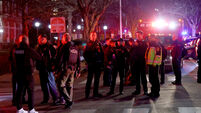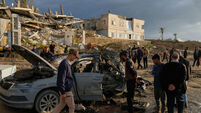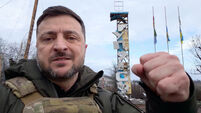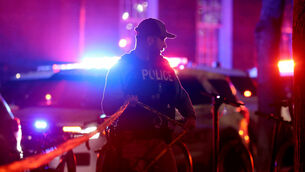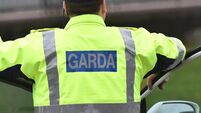Search for banned weapons continues
As Iraq's 12,000-page dossier on its alleged doomsday weapons headed to New York and Vienna for analysis, 25 UN arms experts flew to Baghdad to reinforce the inspection force.
A team from the UN Monitoring, Verification and Inspection Commission (UNMOVIC) drove earlier in the day to a large military base at Fallujah, 50 km northwest of Baghdad, and entered a pesticides factory in its vicinity.
Another team of inspectors from the International Atomic Energy Agency (IAEA) visited the State Company of Geological Survey and Mining facility in Baghdad.
Hiro Ueki, spokesman for the inspectors, told reporters 21 IAEA and four UNMOVIC experts arrived in Baghdad yesterday.
He said between 20 to 30 inspectors, mostly from UNMOVIC, would be arriving in the Iraqi capital
tomorrow.
The inspectors resumed searches shortly after a UN plane left the Iraqi capital with the mammoth dossier which Iraq says proves it has no nuclear, chemical or biological weapons.
UNMOVIC inspectors put on gas masks and other protective gear as they toured the pesticide plant, known as Fallujah-3 and which had been linked in the past with Iraq's chemical weapons programme.
The United States and Britain said earlier this year that the plant, destroyed in a 1998 military campaign, had been rebuilt and was producing chemical weapons.
"This is all for civilian use, nothing else is produced here," Haidar Taha, chief of the plant, told reporters at the facility after the five-hour inspection.
He said the plant produced 65% of Iraq's needs for various types of pesticides. He said most production goes to the agriculture ministry while the rest is sold commercially on the domestic market.
Mr Haidar said the experts carried a thorough inspection and toured the plant's three production units and warehouses.
The plant was built in 1987 and destroyed during the 1991 Gulf War and was rebuilt again to produce
pesticides. It was destroyed again during the four day US-British intensive bombing campaign in
December 1998 and was rebuilt.
Iraq says the site had been visited 250 times by inspection teams in the 1990s.






